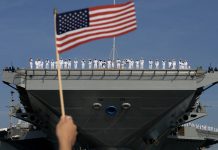As tensions between the US and China escalate, both countries are mulling options to counter each other’s cutting-edge weaponry or update their current systems.
Washington believes that its F-35 aircraft, the world’s most expensive weapons system, would fall behind if upgrades of Block IV are not made in a timely manner.
China is already testing its first carrier-based stealth aircraft, as reported by EurAsian Times. It’s important to note that this would be China’s second fifth-generation stealth aircraft after its J-20 Mighty Dragon.
Although the US boasts its stealth duo — F-35 Lightning II and F-22 Raptor, the growing might of the dragon has prompted the American military to consider upgrading its existing armaments.
According to a Mitchell Institute report on the future fighter jet force, Block 4 is a suite of mostly classified hardware upgrades, technologies, and software that radically enhance F-35’s combat effectiveness.
This report further stated that delays in the delivery of Block IV to 2029 are potentially impacting the US Air Force’s delivery and acquisition plans for the aircraft.
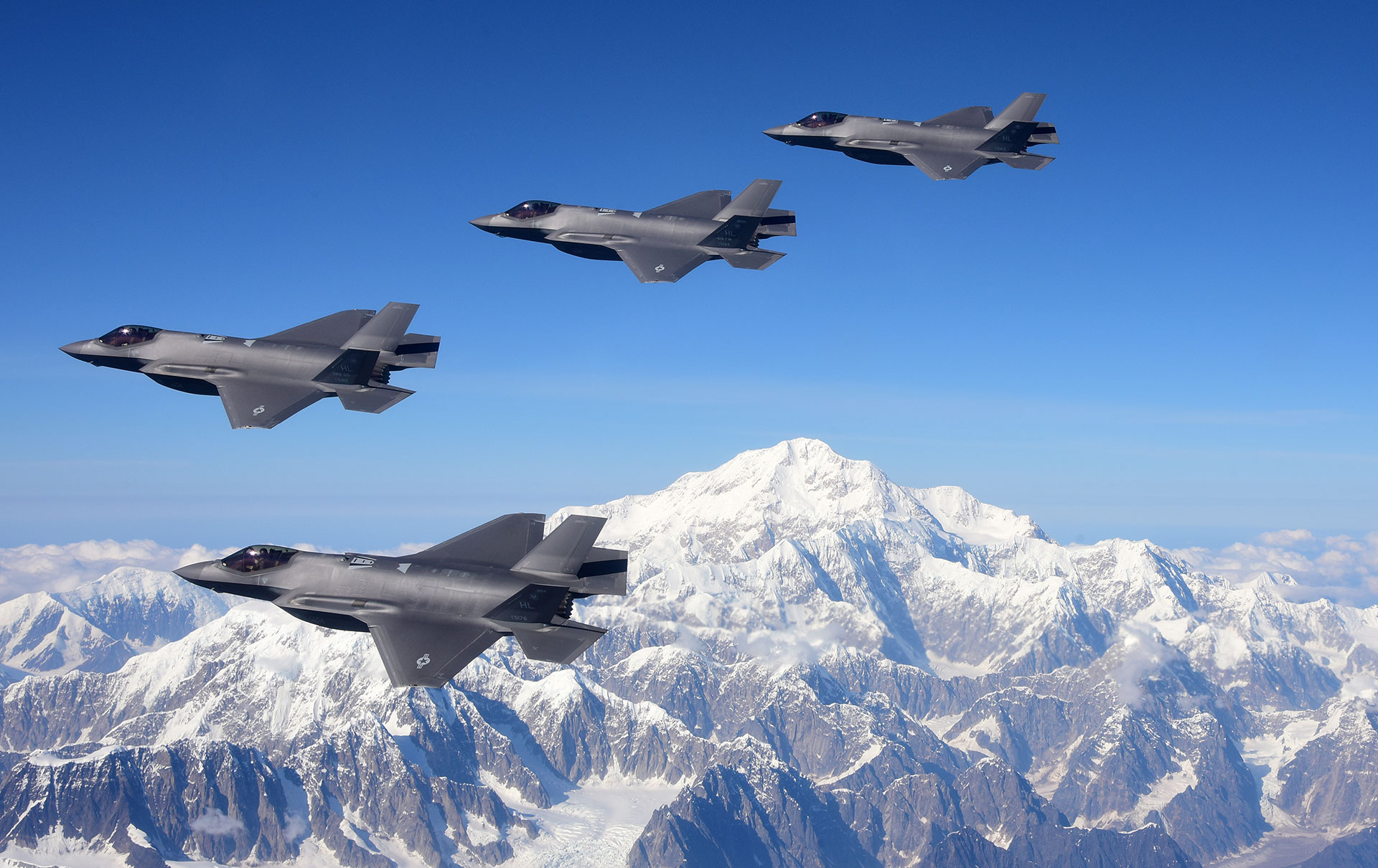
The jet’s technical capabilities will be considerably improved by these enhancements. For example, the Block 3F F-35 software upgrade increased the weapons delivery capacity of the Joint Strike Fighter (JSF), giving it the ability to drop a Small Diameter Bomb, the five-hundred-pound Joint Direct Attack Munition and the AIM-9X Sidewinder missile.
The report expresses concerns about the timing for Block IV arrival, citing the significance of quickly integrating new software to expand the jets’ capabilities to fight in current warfare.
It also asserted that even some of the most advanced fifth and sixth-generation aircraft are likely to be lost or destroyed in a high-end confrontation against an exceptionally advanced enemy such as Russia or China, thus the US needs more fighter jets.
As a result of some recent software upgrades, the F-35 fighter jet can fire the Sidewinder missile “off boresight” along with a growing range of other weapons. Once upgraded to Block IV, the stealth fighter jet will also be able to drop the Small Diameter Bomb Increment II, also known as the Stormbreaker.

According to the study, “operational analysis has indicated that the even more advanced Block 4 configuration is required to be effective in a fight with China”.
“However, delays in maturing all of the Block 4 technologies have pushed the whole Block IV suite’s delivery date back to at least 2029, and this is a major factor in the Air Force’s decision to delay F-35A procurement”.
Great Power Rivalry In Indo-Pacific
The US-China rivalry has peaked in recent years. Both countries have their own perspectives on world order. The US, for example, sees itself as a dominant power in the military and technology sphere and does not want to relinquish its position.
Chinese President Xi Jinping, on the other hand, appears to be more motivated by a Chinese vision of world order, in which Beijing seeks to reshape, alter, and redefine elements of the existing system to better suit its views and interests, in addition to achieving a central position on the global stage to comply with its economic and military power.
Since the Biden administration took office, it has attempted to take a less outwardly confrontational posture to China, but the possibility of conflict has increased more than ever before.
China is continuously pressing US partners in the Indo-Pacific, and its vast Belt and Road Initiative (BRI) is allowing it to expand its influence in other countries. Needless to say, BRI is the backbone of the new world order that China’s leadership wishes to see arise.
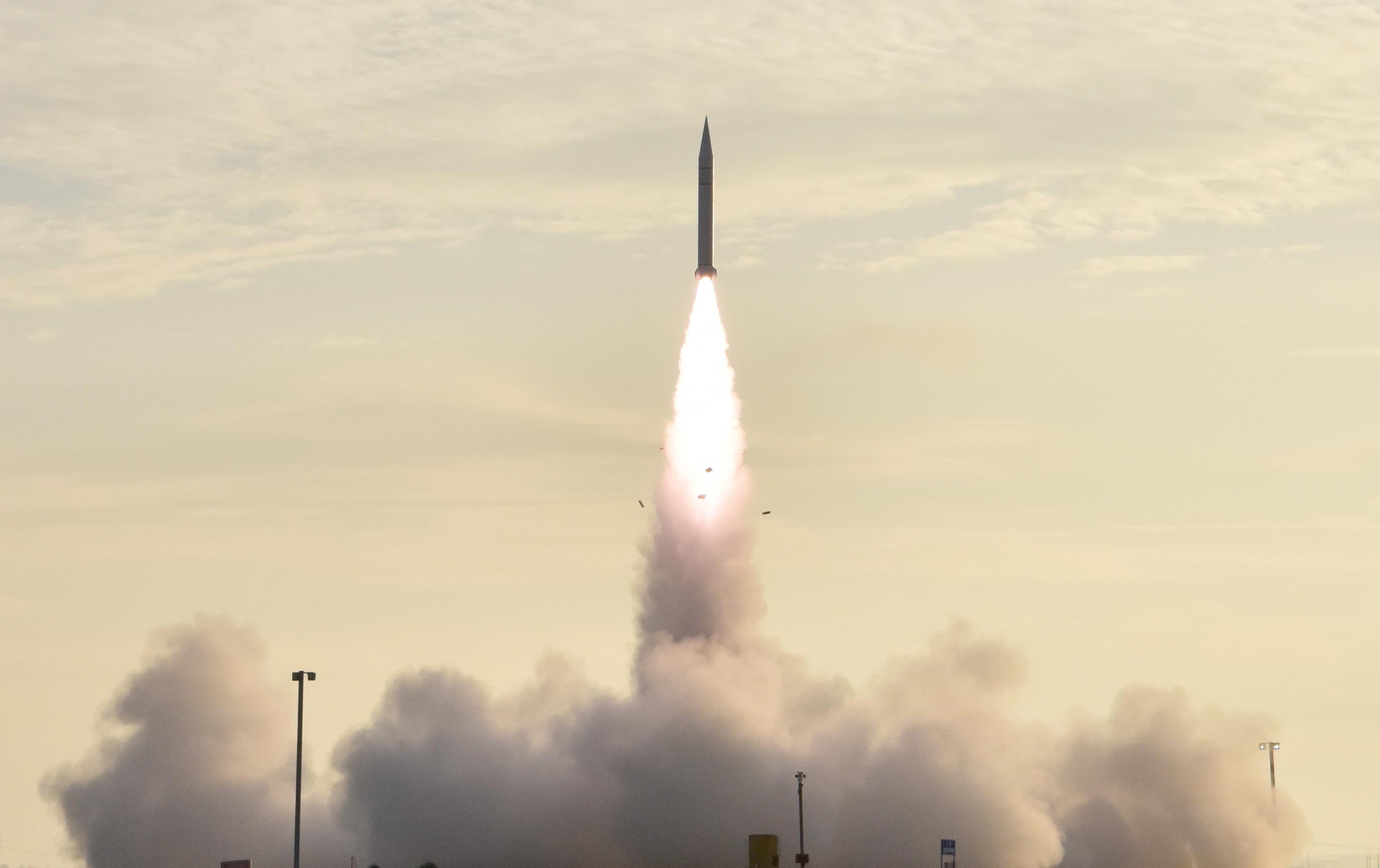
The Financial Times recently reported that China has tested a new hypersonic glide vehicle, possibly with a fractional orbital bombardment system, or FOBS. This has gotten a lot of attention in the strategic world, with some even claiming that the US has lost its technological edge to China.
A Chinese Long March 2C orbital launch vehicle blasted off and flew a south polar course into low-earth orbit in two possible tests, one as early as July 27 and the other on August 13. The rocket was believed to have launched a hypersonic glide vehicle that circled the globe in low polar orbit before de-orbiting and landing many kilometers away from its intended destination.
Mark Milley, chairman of the US’ Joint Chiefs of Staff, confirmed the Chinese test of a nuclear-capable missile and mentioned that it would be very difficult to defend against it. He further said that this incident is very close to the ‘Sputnik Moment’.
However, this is not the only issue that the US should consider; the US withdrawal from Afghanistan is seen as one of the most significant geopolitical disasters in history, and it called into doubt Washington’s willingness to stand by its allies.
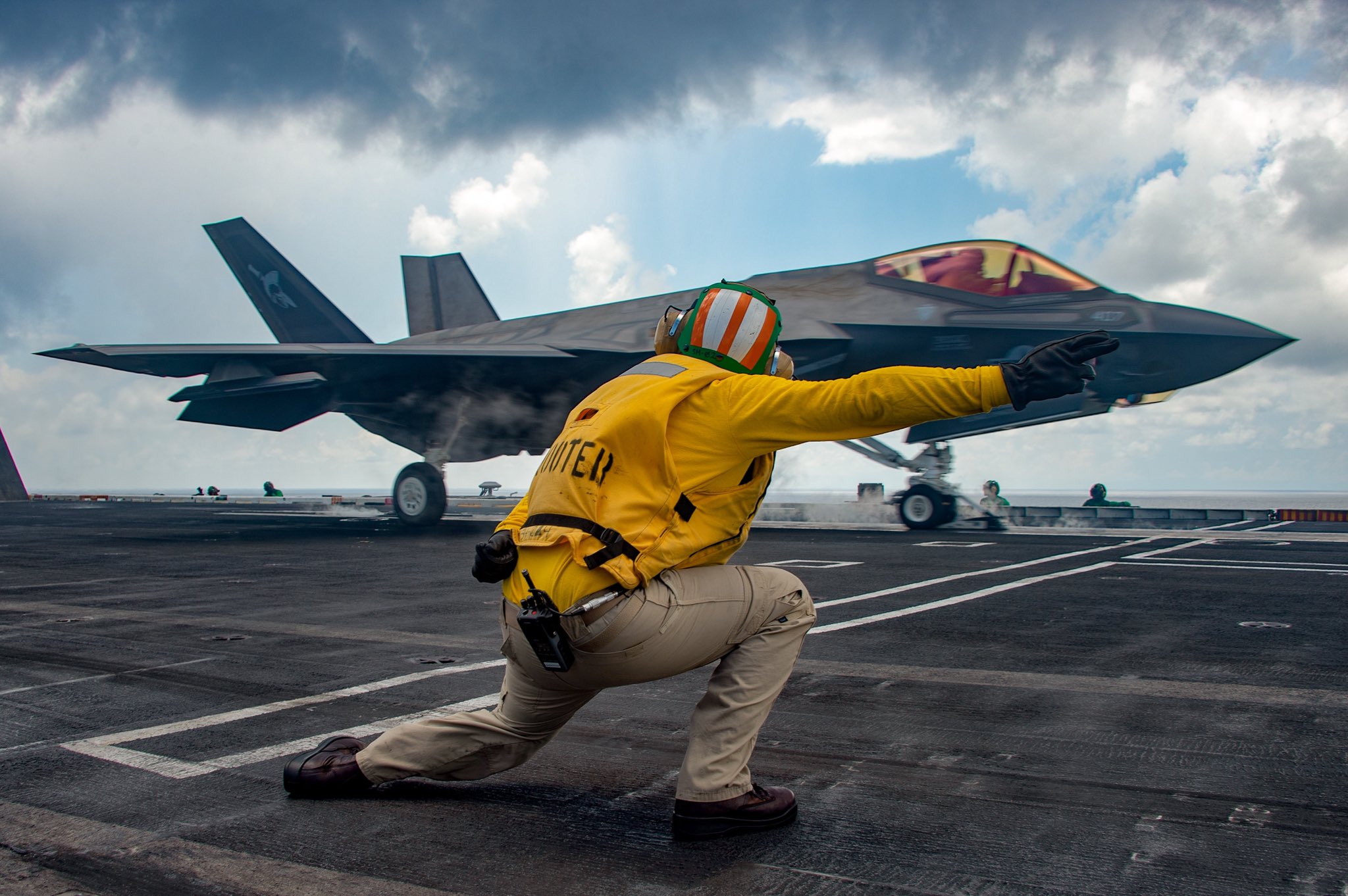
The US is concerned about China’s regular intrusion into Taiwan’s airspace and its flexing of military muscles in the South China Sea. Recently, Japan has also witnessed Beijing’s aggression, the Chinese and Russian vessels were spotted passing through the Tsugaru Strait between Japan’s main island of Honshu and the northern island of Hokkaido.
Later, they passed through the Osumi Strait off the southern island of Kyushu, completing a near circle around Japan’s main island before heading back toward China.
Days after Russia and China wrapped up military drills in the region, a US aircraft carrier strike group conducted joint exercises with a Japanese helicopter destroyer in the South China Sea.
The US affirmed that the Indo-Pacific is a dynamic region and “by continuing to conduct routine operations with our allies and partners throughout international waters and airspace, we demonstrate our unwavering commitment to upholding international law, on the sea and in the air, and to ensure that all nations can do the same without fear or contest”.
China’s 5th-Gen Aircraft
Although less agile and all-around stealthy than the US F-22, China’s Chengdu J-20 Mighty Dragon is widely regarded as the first credible operational fifth-generation stealth fighter designed outside of the US.
Shenyang Aircraft Corporation has also built its own stealth fighter, the FC-31 or J-31 Gyrfalcon, which resembles the F-35 in appearance.
It’s not clear whether the Chinese military would adopt the FC-31, though it’s been suggested that it could be upgraded for use on the country’s expanding aircraft carrier fleet.
At the Zhuhai Airshow, China officially demonstrated its most sophisticated fighter aircraft powered by domestically produced engines, marking a critical milestone as Beijing works to improve the capabilities of its J-20 stealth fighters in order to compete with the US F-22.

The WS-10 engine powered the pair of twin-engine J-20s that performed for the public at the airshow. China has developed the WS-10 to replace Russian engines in early versions of the J-20. In June, the state-run Global Times reported that a unit of J-20s equipped with domestically developed engines had been activated in the country’s northeast region.
According to a 2017 report by the Center for Strategic and International Studies under its China Power Project, the WS-10 engines would provide the J-20 low supercruise capability, meaning they could fly at supersonic speeds for long periods of time.
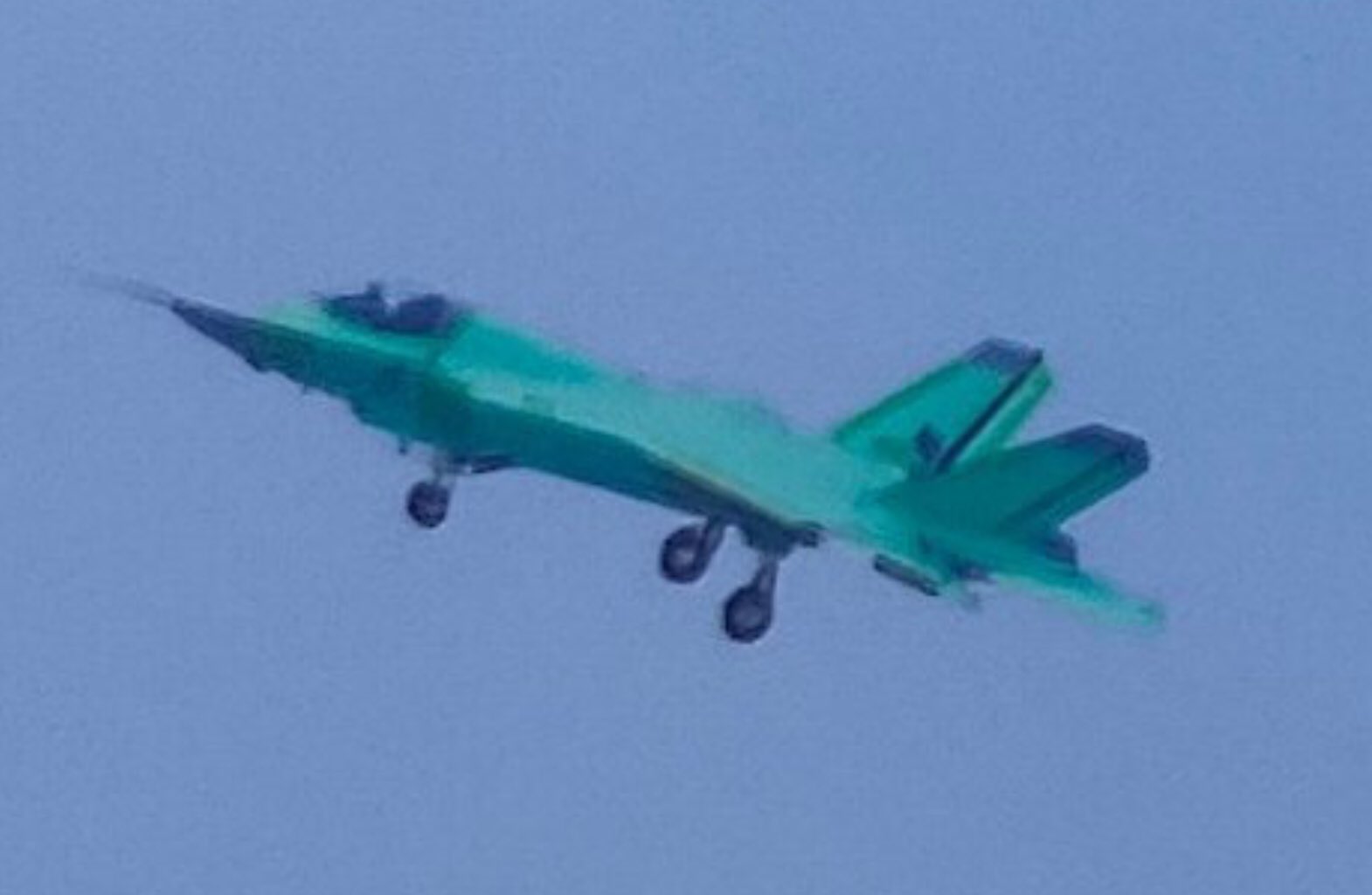
Two new stealth aircraft models have emerged in recent days, including China’s next carrier-based fighter. Photos shot outside the Chengdu Aircraft facility also revealed a two-seat J-20 stealth aircraft in overall primer, confirming long-held claims that the company was working on one.
China’s persistent efforts to strengthen its military are a constant source of concern for the United States. Both the countries are trying to gain the upper hand in the current geopolitical scenario. And China’s new aircraft models are clearly a step in that direction.
- Written by Aashish Dangwal/EurAsian Times Desk
- Contact the author at ashishmichel@gmail.com
- Follow EurAsian Times on Google News


